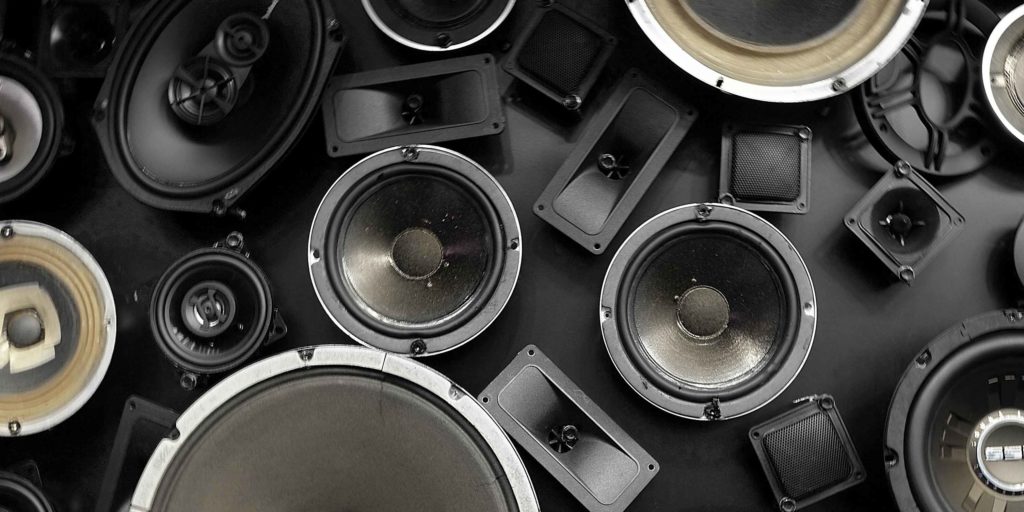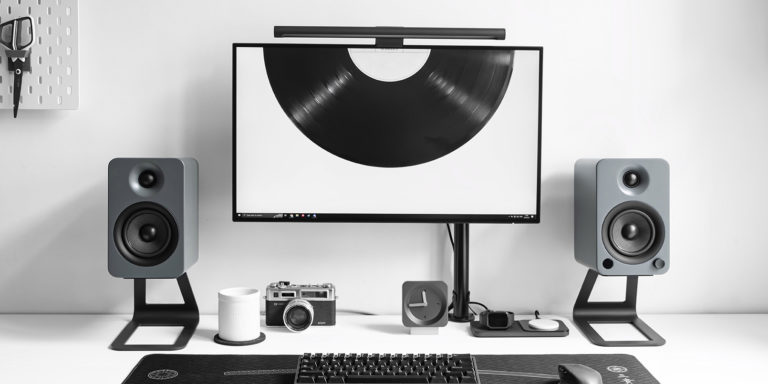Choosing The Best Audio Input for Your Personalised Listening Experience
There is not a single “best” audio input among RCA, Bluetooth, USB, Optical (opt), and AUX because each has advantages and disadvantages. The decision is based on your own requirements and preferences.
Analogue audio output is a sort of audio signal that is sent in analogue form using analogue audio outputs. The signals are then routed through a preamp (either built-in or external), an amplifier, and lastly to an audio input on a powered speaker like the YU4, YU6, or any other speaker of a similar design. Signal properties such as amplitude and frequency are replicated in an analogue system in a fashion that matches to the original sound wave. An analogue output is a continuous, unbroken, and analogue signal that reflects the physical measurements of a sound wave and is received by analogue audio input speakers.
Digital audio input employs a technique that may be used to capture, store, synthesise, alter, and replay sound utilising digitally encoded audio signals. Using pulse-code modulation, we transform the analogue signal to a digital signal. Using digital audio tools, this digital signal may then be captured, manipulated, and transformed. The digital output delivers zeroes and ones in 16 or 24 bit* packets, frequently with numerous channels interleaved (Left / Right, or maybe a 5.1 surround L/C/R/LS/RS/Subset of channels). When done correctly, this permits audio data to be transferred from one digital device to another with no deterioration.
Let’s go over the audio inputs one by one:
- RCA: An analogue signal is provided through RCA inputs, which are typically found on older audio equipment. RCA cables are reasonably priced and commonly accessible. However, RCA cables are susceptible to interference and signal loss, and the quality of the signal is dependent on the cable.
- Bluetooth: Bluetooth is a wireless link that allows audio to be streamed from a Bluetooth-enabled device. Bluetooth is useful since it eliminates the need for cords to connect your device to audio equipment. However, Bluetooth can suffer from signal compression and poor audio quality, particularly if a low-quality codec is used if there is a lot of interference in the vicinity.
- USB: USB is a digital link that allows audio data to be transferred from a computer or other digital source. USB is useful because it can transport high-quality digital audio signals, and there are several USB connectors available, including USB-C and USB 3.0. However, because USB connections are restricted in length, you may need to utilise an extension cable or a hub to connect to your audio equipment.
- Optical (opt): S/PDIF, or optical connections, employ a fibre-optic cable to deliver a digital audio stream. Optical connections are impervious to interference and signal loss and can transmit high-quality digital audio streams. Optical cables, on the other hand, might be more expensive than other types of connections, and certain older audio equipment may lack an optical interface.
- AUX: AUX inputs, often known as 3.5mm or headphone connectors, allow audio equipment to be connected by analog. AUX inputs are commonly accessible and may be used to connect a variety of devices such as cellphones, tablets, and laptop computers. However, AUX cables might suffer from signal loss and interference, especially if they are long or there are numerous other wires nearby.
The “best” audio input is determined by your unique requirements and preferences. If you want a digital connection, USB or optical may be the best options. Bluetooth may be the finest solution for a wireless connection. If you have older audio gear or want an analogue connection, RCA or AUX may be the best option.













